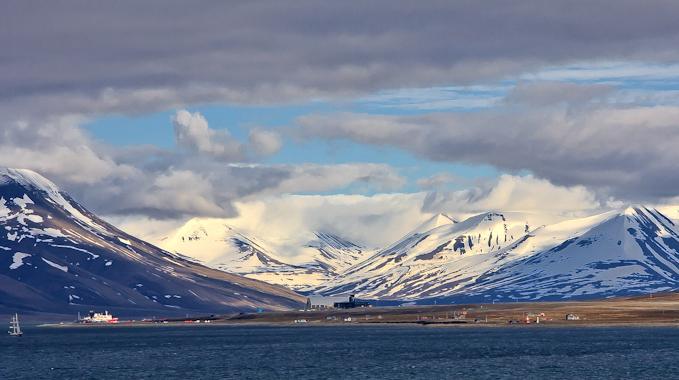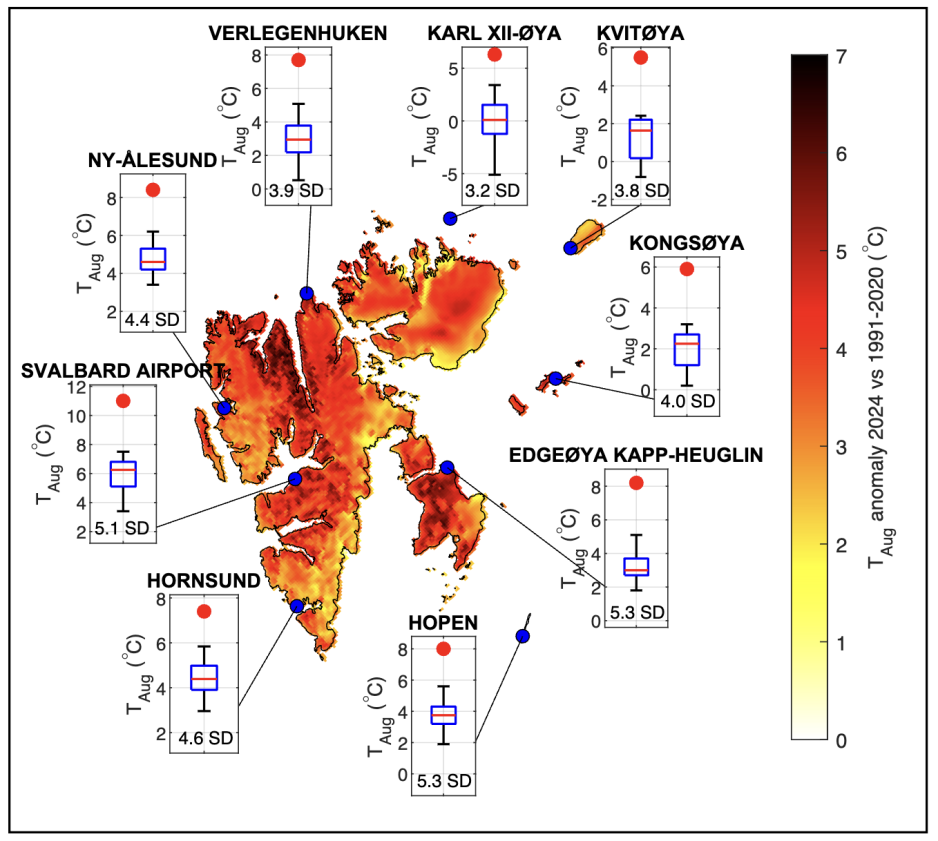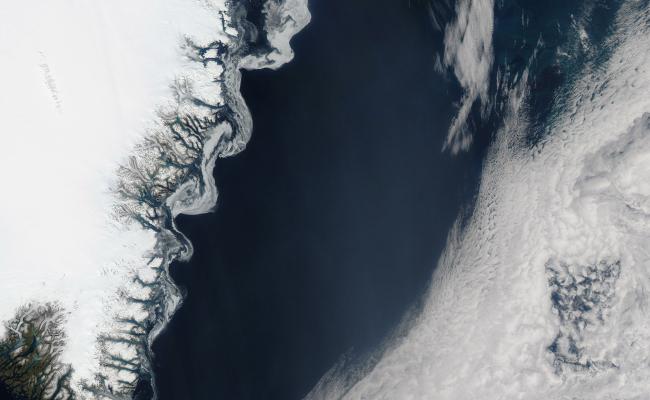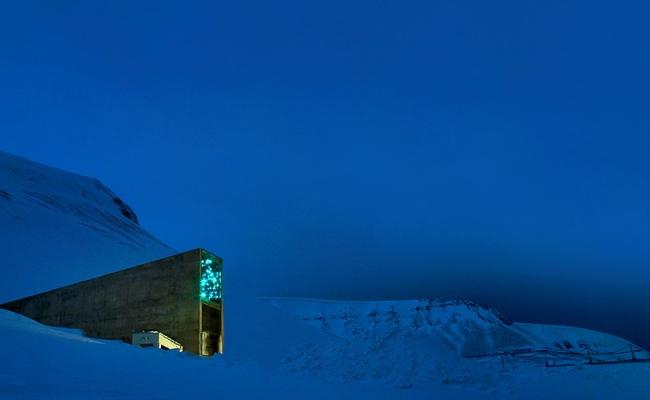Svalbard Archipelago Lost 1% of Glacial Ice During Summer 2024 Heat Wave, New Study Finds

Since August, around 70,000 square kilometers of ice has melted off Svalbard. (Photo: John Cook/Flickr)
Record-level temperatures battered Svalbard during summer of 2024. Researchers have now quantified the damage the heatwave caused: One percent of the archipelago’s ice had disappeared by the end of the summer, enough to raise global sea levels by 0.16mm.
The Norwegian Arctic archipelago of Svalbard experienced a record-breaking heatwave during a six-week period in 2024 resulting in unprecedented levels of glacial ice loss.
A new study led by researchers at Oslo University and published in Proceedings of the National Academy of Sciences, a peer-reviewed journal, now quantifies the extent of the melt.
The researchers conclude that across the entire archipelago Svalbard lost around ~61.7 ± 11.1 gigatonnes (one billion metric tons) of glacial ice. This compares to the long-term average since 1991 of less than 10 gt each summer on average.
Currently around 60 percent of the islands are covered by glaciers. The ice mass loss corresponds to 1 percent of total ice volume on Svalbard, a figure never before recorded during a single summer melt season.
Svalbard melt equal to Greenland's
The amount of ice lost on Svalbard during the summer 2024 is roughly equal to all the ice that melted on Greenland during the same period; although the neighboring Arctic island is roughly 50 times bigger, further highlighting the dramatic melt event Svalbard experienced.

Graph showing average 1991-2023 and 2023/24 cumulative ice mass loss. Blue line shows 2023/24 anomaly. (Source: Thomas Vikhamar Schuler, et al.)
Ice melt on Svalbard alone accounted for 0.16mm of global sea level rise during 2024. As a whole the circum-Barents contributed 0.27mm ± 0.06 mm, making the region one of the strongest contributors of sea level rise.
The weather and temperature conditions during the summer 2024 were so unique that they are unlikely to happen again in the near-term, the study suggests. But with increasing climate change the island will likely face repeat occurrences at later points in the 21st century.
The last year with similar weather patterns and substantial melt, albeit much smaller than 2024, was recorded in 2013.
“Most of the 2024 glacier melt occurred during a 6-wk period of persistent atmospheric circulation pattern causing record-high air temperatures, an event with an extremely low recurrence interval under current climate conditions. However, future climate projections suggest that such temperature levels will become increasingly commonplace by the end of the 21st century, potentially even surpassing those of 2024,” the authors write.
Preview of future conditions
The summer of 2024 thus offers a preview of future conditions and ice melt events.
“Svalbard’s summer of 2024 serves as a forecast for future glacier meltdown in the Arctic, offering a glimpse into conditions 70 years ahead,” the study concludes.
The researchers show that ice mass loss is strongly correlated with air temperature, where a clear warming trend is identified. In August 2024 Svalbard’s temperature anomaly reached 3.7 °C, including parts of the archipelago where the deviation reached 6.0 °C.
Challenging
The readings were so unusual that they exceeded the 99% percentile of the long-term average for 23 out of 46 days between July and September 2024.
The rising temperatures on the archipelago have in recent years also caused challenges for the Svalbard International Seed Vault, including water intrusion into the facility and issues related to the melting of permafrost.

Map showing the temperature anomaly experienced on Svalbard in August 2024. (Source: Thomas Vikhamar Schuler, et al.)
Large-scale Arctic ice melt can in turn have implications for ocean circulation systems like the Atlantic Meridional Overturning Circulation, including the Gulf Stream carrying temperate waters from North America towards Europe.
Added freshwater from glacial melt reduces the salinity and density of ocean surface water, interfering with the AMOC cycle and contributing to the weakening of the system.



